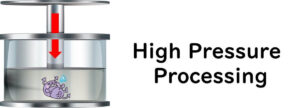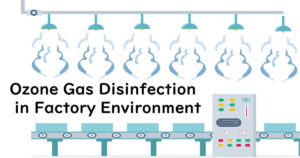Non-heat sterilisation of food products
Non-heat sterilisation of food products
Comparative Analysis of Minimum Infectious Dose and Gastric Acid Resistance Between Salmonella and Enterohemorrhagic Escherichia coli
In this article, we'll explore the differing amounts of bacteria needed to cause food poisoning by two culprits: Salmonella and enterohemorrhagic Escherichia coli. Additionally, we'll discuss a major factor contributing to these differences: the varying resistance to stomach acid between the two.
High-Pressure Processing (HPP) of Food: A Non-thermal Preservation Technique
High-Pressure Processing, also known as High Hydrostatic Pressure (HHP) or Ultra High Pressure (UHP), is a non-thermal technology for food preservation that inactivates foodborne pathogens and spoilage bacteria. Compared to thermal processing, high-pressure processed foods have less negative impact on taste, texture, appearance, and nutritional value. Therefore, HPP is gaining attention as an alternative to thermal sterilization techniques. This article organizes the basics of high-pressure processing from the perspective of microbial sterilization.
The Power of Ozone Sterilization
This article summarizes the basics of ozone gas and ozone water. Ozone, a potent oxidizing agent, boasts remarkable sterilizing power. Additionally, it naturally decomposes into non-toxic oxygen, leaving no residues when used as a food sterilizer. Ozone can be utilized in two forms: as ozone gas or ozone water. Using ozone gas requires high concentrations, but it comes with several challenges, such as toxicity due to gas diffusion and the corrosive effect it has on a wide range of equipment, limiting its current applications in industry. On the other hand, ozone water, even in minimal concentrations (1-5 ppm), exhibits antimicrobial activity. The use of ozone water is not only promising for the food industry but also has broad potential applications in domestic and medical sectors.


